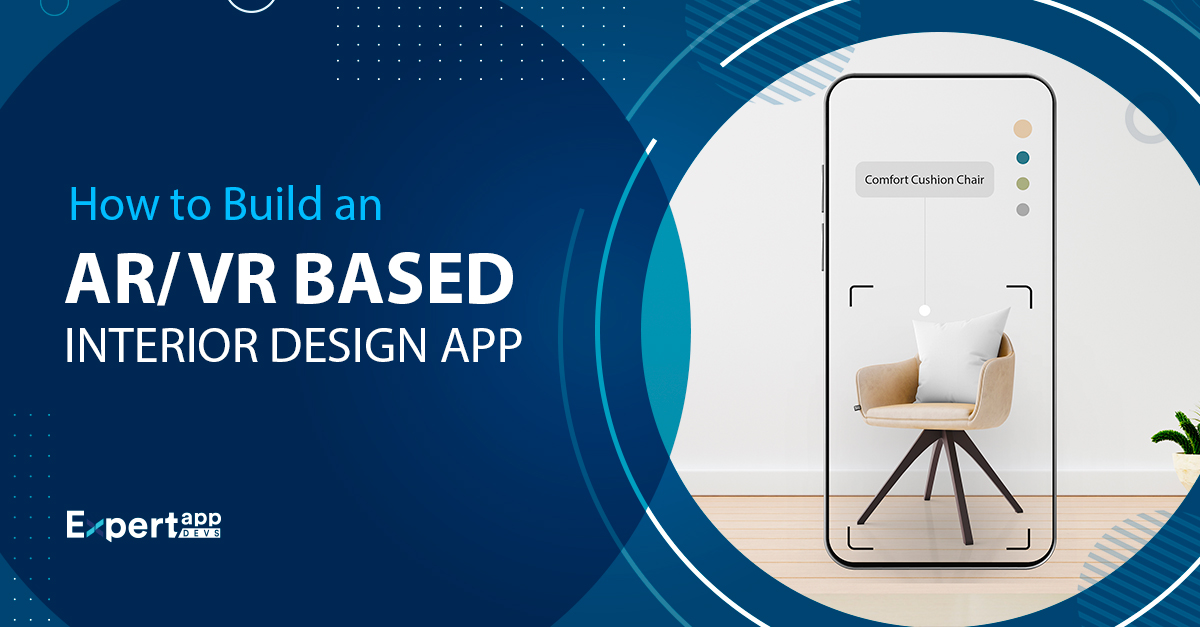
Augmented Reality Transforms Interior Design: A Futuristic Approach
In the ever-evolving realm of interior design, technological advancements are playing a pivotal role in shaping the way spaces are conceptualized and brought to life. One such groundbreaking innovation that has been gaining momentum is Augmented Reality (AR). This futuristic approach seamlessly integrates the virtual and physical worlds, revolutionizing the traditional methods of interior design.
Visualizing Possibilities
AR opens up a realm of possibilities for designers by providing a dynamic platform to visualize concepts in a three-dimensional space. Designers can now overlay virtual elements onto the real world, allowing clients to experience a lifelike representation of their envisioned space. This not only enhances the design process but also fosters better communication between designers and clients.
Personalized Design Experience
The integration of AR in interior design offers a highly personalized experience for clients. Through AR applications, individuals can virtually place and rearrange furniture, experiment with color schemes, and explore various design elements in real-time. This level of interactivity empowers clients to actively participate in the design process, ensuring that the final result aligns with their preferences and vision.
Efficiency in Decision-Making
AR expedites the decision-making process by providing instantaneous feedback on design choices. Designers can quickly iterate through different options, making adjustments on the fly, and presenting alternatives to clients in real-time. This not only accelerates the design phase but also reduces the chances of misunderstandings, leading to more efficient project timelines.
Real-Time Collaboration
The collaborative aspect of interior design is significantly enhanced with AR. Design teams and clients can virtually connect from different locations, allowing for real-time collaboration on design concepts. This seamless integration fosters a more inclusive design process, breaking down geographical barriers and ensuring that all stakeholders are on the same page.
Immersive Shopping Experience
AR doesn’t just stop at the design phase; it extends into the shopping experience. Retailers are leveraging AR to create immersive shopping experiences for customers. With AR applications, customers can visualize how furniture and decor items will look in their own homes before making a purchase. This not only enhances the online shopping experience but also reduces the likelihood of returns due to mismatched expectations.
AR for Interior Design: A Game-Changing Tool
Amidst the myriad of technological advancements, AR stands out as a game-changing tool in the field of interior design. Its ability to seamlessly blend the virtual and physical worlds, coupled with its interactive and collaborative features, positions AR as a transformative force in the industry.
Incorporating AR into the interior design workflow not only streamlines processes but also elevates the overall design experience for both professionals and clients. As we embrace the futuristic potential of AR, it is clear that the traditional boundaries of interior design are being redefined, paving the way for more innovative and visually stunning spaces.
To experience the transformative power of AR for interior design, visit AR for Interior Design. Explore the possibilities and witness firsthand how technology is reshaping the way we conceptualize and bring spaces to life.
